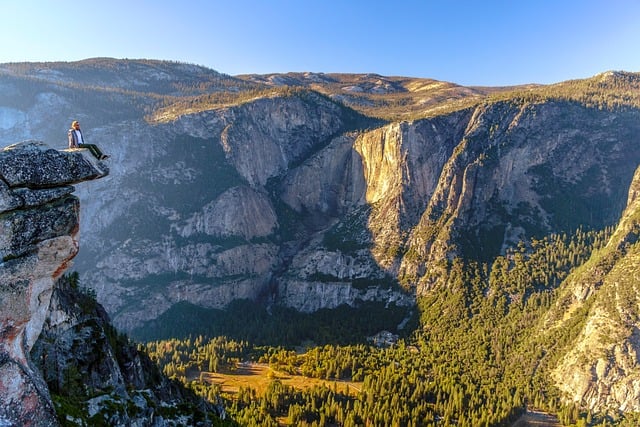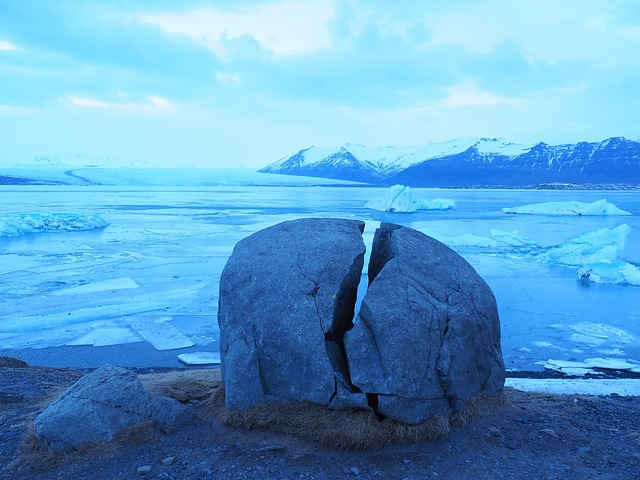The majestic sight of valley glaciers, once towering symbols of nature’s resilience, are rapidly diminishing, and their retreat reveals a stark reality of our changing environment. As climate change accelerates, these icy giants, nestled between mountains, are not just losing their mass; they are transforming the landscapes and ecosystems surrounding them. The impact of melting valley glaciers extends far beyond the picturesque scenery of hiking trails and breathtaking vistas; it reverberates through our environment and climate, urging us all to recognize the urgency of this crisis.
Valley glaciers serve as vital freshwater reservoirs, feeding rivers and streams that countless communities depend on for drinking water, irrigation, and hydroelectric power. As they melt, the immediate effect is a surge of water that might seem beneficial at first. However, this eventually leads to disastrous situations. With less ice to maintain a steady flow, the long-term consequences become apparent as rivers dwindle, impacting agriculture, wildlife, and entire ecosystems dependent on predictable water sources.
Moreover, as the planet warms, the loss of these glaciers contributes to rising sea levels, which threaten coastal regions with flooding and erosion. The melting ice releases not just fresh water, but also methane and carbon dioxide previously trapped in the frozen layers—these potent greenhouse gases further amplify the very climate change we are desperately trying to mitigate. Valley glaciers thus become both an indicator and a catalyst of the ongoing climate crisis, highlighting the interconnectedness of our actions and their repercussions.
This situation invites us to consider the emotional weight these glaciers carry. They are not just glacial masses; they are storied landscapes that have existed for millennia. Each receding inch is a reminder of the time slipping away from us to address the urgent threats posed by climate change. The photographs of families playing on ice formations, scientists studying climate data, or adventurers exploring these valleys hold deeper meanings as these memories fade into history.
In essence, the melting of valley glaciers calls on us to reflect on our shared responsibility. The earth’s climate system is a delicate web of interactions, where the loss of these ice masses holds significant implications for biodiversity, human livelihoods, and future generations. As we witness the beauty of a glacier becomes a somber spectacle, it is imperative that we act, educate, and advocate for sustainable practices that not only protect our environment but restore the balance our planet desperately needs.
The inexorable melting of valley glaciers is a clarion call for humanity, urging us to confront the reality of changing climates and their far-reaching impacts. Together, we have the power to foster a global movement dedicated to preserving our environment and combating climate change, ensuring that future generations will have the chance to experience the awe of intact valley glaciers and the rich ecosystems they support.



